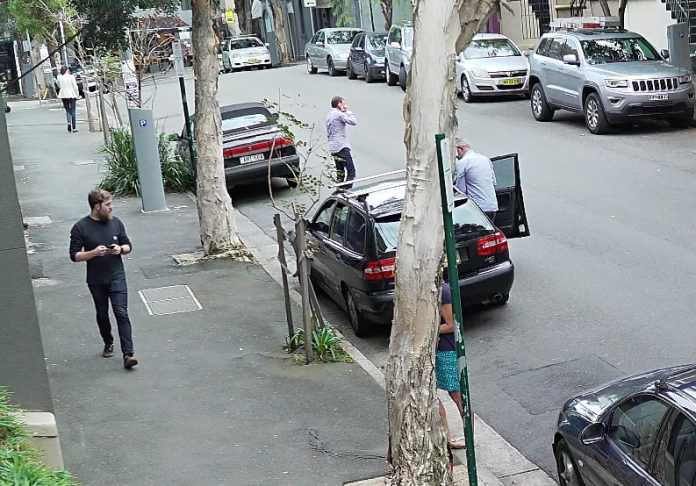After reading a query in Help Desk last month where a university was seeking to enhance the ability of its surveillance solution to provide association between individuals in video streams I started thinking about story as it applies to photographic planning and whether story has a place in CCTV system design and application. What does SEN think?
A: We think story – visual context – does apply to CCTV applications and not only to video streams but to still frames and to the nature of cropping, too. Consider a recent case in the UK that depended on CCTV footage – it involved a woman walking through a crowded railway station in London and passing a man walking in the opposite direction she later accused of penetrative sexual assault. The case went to court and the decision came down to a handful of consecutive video frames – essentially stills – which showed the pair passing each other at normal walking pace and making no physical contact whatever. Importantly, digital zoom was required to drill into the frames, losing resolution, but the context of the moment was retained and the case thrown from court.
Any incident involving fleeting contact between 2 people, such as a robbery or assault, will see investigators depending on the context they are able to glean from a handful of images that most clearly show identity and best express the ‘story’ moment. A single image may be all that is available to you in pursuit of a conviction and context will be everything. You can enhance context with wider angles of view and higher mounting heights but this comes at the expense of resolution. In response, you can increase the number of cameras in an area to increase the system’s overall ability to resolve a scene or use higher resolution cameras. The image above is a 50 per cent crop from a 4K camera originally delivering a 65-degree angle of view with the closest subject at 13m and the furthest at 40m from the lens. Even at this relatively wide angle, there’s some compression, but the high mounting height and street furniture helps assessment of depth of field. It's easy to see that none of these individuals is close to another.
It’s important to consider potential vulnerabilities and potential access points when selecting a camera view. For instance, cameras viewing a public ATM might be positioned to offer face recognition around the machine, as well as the approaches and/or exits from the area around the machine. This coverage would allow investigators to see a perpetrator waiting and watching the ATM for some minutes before a robbery, the robbery itself and the perpetrator then running through a nearby exit into the carpark, where external and LPR cameras can take up the trail.
This rule of story applies to operators in retail outlets and public surveillance applications who are following an event with a PTZ in real time. Don’t zoom too closely but allow sufficient angle of view to expose unfolding events and the people around them. Getting the angle of view right is something of a juggling act. While wider angles of view are best for context in open areas, you can achieve similar results with longer focal lengths and elevated mounting positions when cameras are at appropriately long distances from target areas.
The challenge with longer focal lengths is compression, which makes objects that are metres apart appear to be adjacent to each other. This applies as much to the long end of PTZ teles as it does to the long end of varifocal lenses – and the longer the focal length the greater the apparent association that compression will apply to objects in a scene. To get around this, include objects in the scene at measured depths of field, even if they are simply bands of paint on nearby walls, or existing structures – shrubs, benches, window frames, paving patterns – that the security team can measure up. ♦











